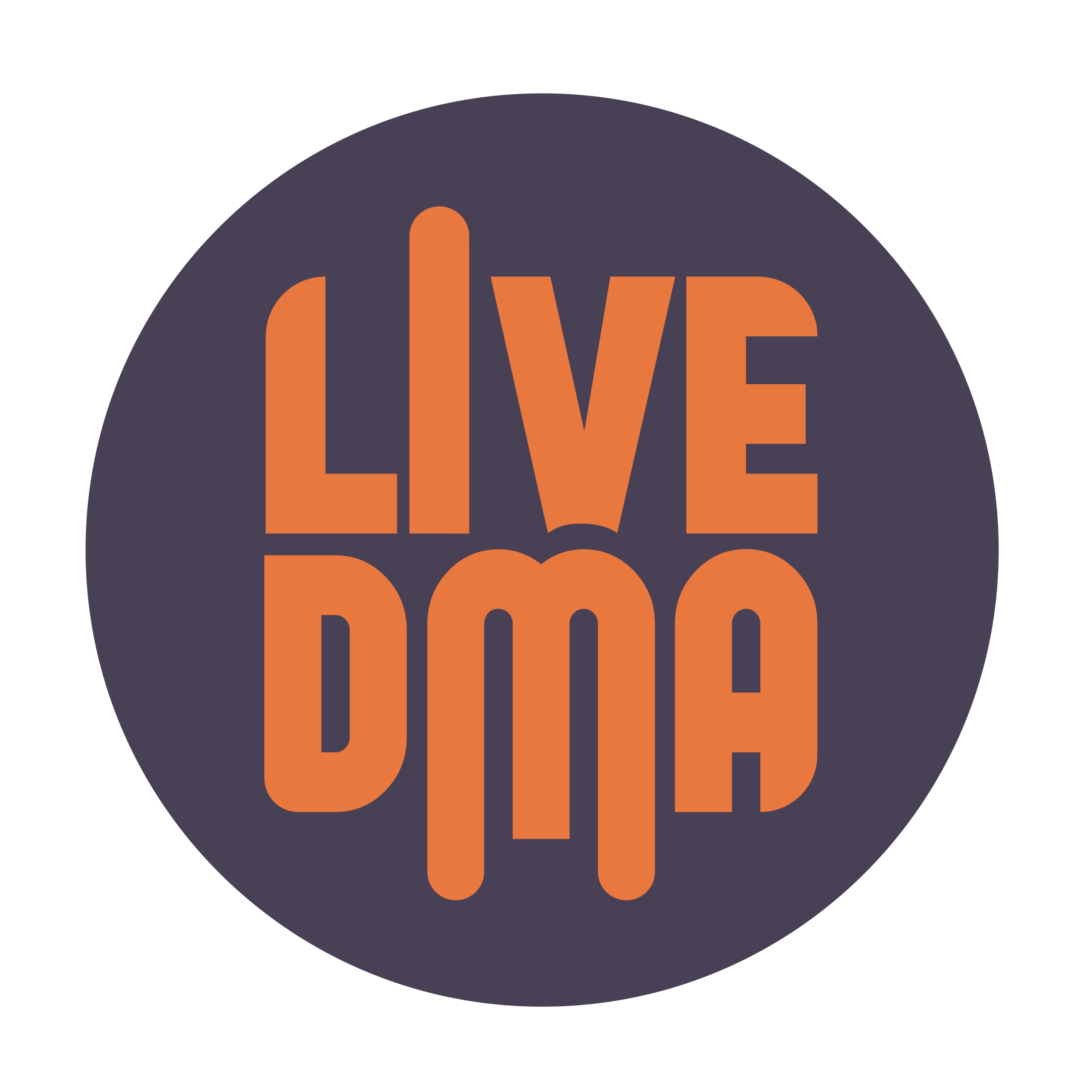Report by Ken Veerman
Upstairs in the impressive hall of the Kultuurikatel a mixed crowd of Estonian dignitaries and European music professionals had gathered.
Kersti Kaljulaid, Estonia’s youngest and first female president, opened Tallinn Music Week. Creativity, she said, is a sign of bravery. And bravery a sign of a free society. Human creativity and resourcefulness have taken us out of the pandemic and they will help us build a better world.
Culture, she said, is politics. Slow but effective.
The last year and a half were the hardest in recent memory.
Venues all over Europe had to close down and most of them have not returned to their pre-pandemic glory. An unknown number of venues might never reopen. The stakes have never been higher.
The Tallinn Music Week conference focuses on the importance of strong local music ecosystems as well as solid global networks.
Against this backdrop, Live DMA organised their Forum at the end of 4 years of Live Style Europe. The Forum was as much about looking back on the achievements of the last years, as about looking forward towards the new world that is emerging post-COVID.
The Live DMA Forum consisted of 5 sessions that looked back on the results of four years of hard work.
EXCLUSIVE DATA: COVID-19 VS LIVE MUSIC
The yearly Survey provides invaluable insights into the 3 253 live music venues and clubs that make up the European network. Arne Dee, Live DMA’s Survey coordinator, presented the most recent figures and key learnings for 2020 and 2021.
2019 was a very impressive year for our venues. Which makes the comparison with the pandemic years of 2020 and 2021 all the more shocking.
- Since March 2020 music venues and clubs are in survival mode. The pandemic has dealt a heavy blow to their main source of income. Re-opening is slow and often under restrictive circumstances, so most venues have not returned to full force.
- This meant a 78% decline in the number of music performances and a 141 million less audience visits.
- The result is a 66% decline in the total income of music venues.
- There is not one single business model for music venues in Europe and some of them have been hit harder than others, especially the private and larger non-profit venues, as subsidies represent a lower share of their incomes.
These numbers don’t just damage the music venues but the entire ecosystem: 2020 and 2021 saw a massive drop in payment to artists, freelance workers are out of work and suppliers are left without business.
PATHS OF COOPERATION: A REAL GAME CHANGER!
From the very beginning Live DMA was about joining forces across Europe. It shouldn’t come as a surprise then that the Live DMA Forum would pass the mic to people who have spent the last years connecting European music venues.
Susanne Hollman is the Head of the Cultural Policy Unit of the European Commission. She talked about the European support programme Music Moves Europe.
One of the projects Music Moves Europe is co-funding, is MusicAIRE. Launched by the European Music Council and Inova+, this project aims at financially supporting the post-COVID music ecosystem. Simone Dudt of the European Music Council presented this brand-new project that will develop grants of maximum €55.000 for innovation in the music sector.
Ingrid Stroom and Reeta Maria Pankka talked about the joint efforts of the Estonian and Finnish music scene to work together on data gathering and on building a touring route between various venues across the Baltic region.
TRY-ANGLE, A COLLABORATIVE TOOL TO BUILD NEW AUDIENCES AND DEVELOP INCLUSIVITY
Booking great bands is only half the work. In these changing times music venues want to actively develop new and stronger audiences.
That is why in 2017 Live DMA organised a European working group on the topic of audience development. During the 2020 lockdown, we coordinated an online collaboration with European music professionals to turn the findings of the 2017 working group into an actionable tool.
The result is the Try-Angle, a hands-on tool for grassroots venues to develop new and better relationships with audiences.
Juliette Olivares (Live DMA) and Ken Veerman (a Belgian consultant for music venues) talked about the Try-Angle, how it works, how it was developed and what the next steps will be.
TOWARDS A FAIRER LIVE MUSIC ECOSYSTEM
Three Live DMA members shared their experiences of building better policies.
Equality, diversity and inclusion are important challenges for music venues.
Kathy Bajaria (Helvetia Rockt) talked about the Diversity Road Map, a physical flyer with recommendations and a flow chart that helps raise awareness about diversity and inclusion. The road map was developed in 2019 with the Swiss music organisation Petzi and is now being used in many venues across Europe.
The newly founded Portuguese organisation Circuito used the pandemic to work toward better government support for local venues and emerging artists.
Gonçalo Riscado recounted how Circuito united 25 venues in Portugal to lead the campaign ‘A Vivo ou Morto’, (a)live or dead. They successfully lobbied for support for closed venues and a budget so each venue could promote a minimum of 10 performances.
This didn’t just keep the music alive, it provided a necessary income for live musicians and event professionals.
And in Berlin, clubs finally got recognised as cultural institutions after years of campaigning.
60% of music venues and clubs in Germany are privately owned. In the eyes of the law, German music venues and nightclubs are tolerated but not actively supported. That is why for years the Berlin Club Commission has lobbied to get an official recognition as cultural institutions for their artist-driven club scene.
Marc Wohlrabe (Berlin Club Commission) explained how they managed to do precisely that.
It is a next step in claiming space for club culture. The conversation about clubs should not just be about noise pollution and drug use, it should focus on the artistic dimension of club culture and its future place in urban planning.
